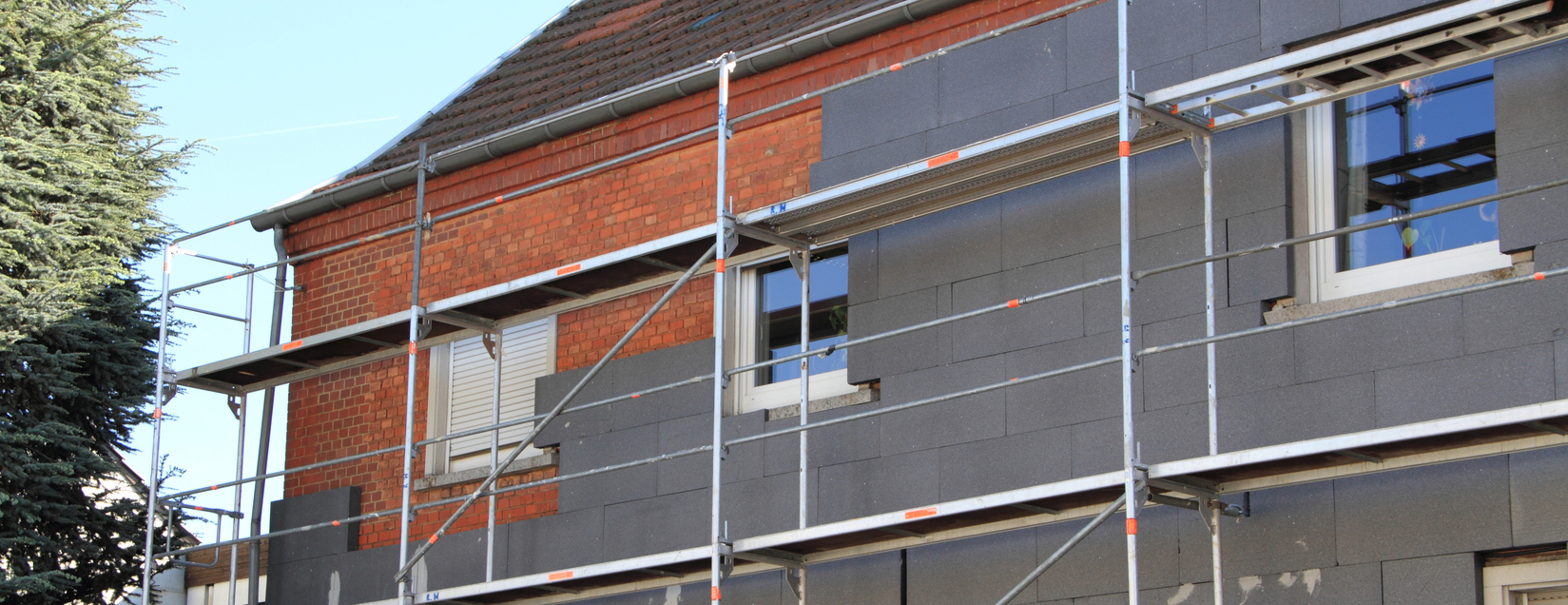A number of REIT’s posted results in recent days. We take a look at what insight we can derive from their performance in the opening half of the year.
As we close out a busy results season for real estate companies reporting on performance to the end of June 2024, the overarching theme was optimism that the worst was over for the UK and Irish property markets.
In reality, the view was that the first half of 2024 was very much a write-off, a period in which transactions remained depressed, and management teams focused on realigning business strategies to better position for a potential uptick later in the year.
The largest listed Reit in London, Segro was amongst the first to publish, releasing its results last week. Given the scale of this company, with a market capitalisation now close to £11 billion (€12.84 billion), it is watched closely as a bellwether for the wider market.
Notably, this was a period in which the value of Segro’s UK properties increased for the first time in over two years. Though this was modest at a 3 per cent uplift, it was still lauded as a turning point by management and analysts alike.
This growth was attributed to improving investor appetites for logistics property, which, given structural dynamics, remains a resilient and on-trend asset class.
This is in line with other positive metrics we are seeing for the UK market, particularly a return to rental growth for industrial and logistics units, and broadly robust demand for space.
A true bellweather?
It is, of course, debatable, how much of a “bellwether” Segro’s performance should be for the wider market.
Its growth was underpinned by the exceptionally high quality of its strategic investments, and land banks, in high-quality, well-located areas, so outperformance is likely to continue regardless of wider macroeconomic concerns, or cost issues flowing down the supply chain.
What is unique about Segro is that it now trades at a premium to book value (albeit marginal at around 1 per cent), suggesting that traders expect value growth into next year.
Given rental growth expectations, which some in the logistics market expect in double digits for the next three years, this should be easily attainable, without any help from base rates.
Tritax Big Box, a similar Reit focusing on the warehousing and logistics space (as per the name), should also be in an encouraging position for a return to more normalised development, letting and investment trends in 2025.
Tritax counts Amazon, Morrisons, Tesco and Ocado among its clients, and its assets tend to be newer, bigger, and greener than Segro and on much longer inflation linked leases. This has made it a good hedge over the last two years, but equally its inflation links have restrained it, given that many of its key locations saw market rental growth that considerably outpaced the cap in its rent reviews.
Tritax’s management team was equally bullish in its results this week, with the chairman commenting that the market was at an “inflection point” for both occupier and investment markets and both could “accelerate and amplify” to boost shareholder returns over the coming year.
Its discount is also wider than Segro, at over 10 per cent of book value, and similar dynamics are likely to drive Tritax into 2025.
Rental growth
Another big name to report this week, was London office developer Derwent. The largest of the dedicated London Reits, the management team have a track record of being early movers in the market cycle and taking advantage of swings in pricing as investor appetites ebb and flow.
This set of half-year results was thus seen as more significant than the usual run-of-the-mill financial reporting.
Derwent management called out the low point in the London office cycle, which their valuations gauged as February 2024, and noted markedly improved conditions in recent weeks. Such comments are aligned with what we have already been hearing in the market, but it’s nice to be able to put some numbers on these views.
What is interesting from Derwent’s results though is that rental growth has continued, despite all the doom and gloom on the level of demand for offices.
Rents grew 2 per cent, which may seem modest, but is, in fact, the strongest half-yearly growth posted since 2016. Derwent’s office development values also rose sharply, up 4.3 per cent, as valuers revised underwrites upwards for more optimistic rents and better lettings prospects.
The rental growth achieved so far in 2024, also provides a cause for optimism for management on the outlook for the rest of the year, particularly for its prime, modern office portfolio, as the team upgraded rental guidance of 3 per cent to 6 per cent for the full year.
With the London market supporting an increasingly stable political outlook, a strengthening economic environment, and an initial interest rate cut, confidence is rising with those ready to deploy cash. Indeed, Derwent has over £550 million of investment firepower.
Small caps
In the small-cap space, there was a flurry of results this week, but two stand out for further examination.
Firstly, NewRiver REIT, the convenience retail specialist in the UK, published a quarterly trading update, this week showing continued operational strength, with healthy income streams and occupancy across its £540 million portfolio.
While NewRiver’s asset quality differs fundamentally from Hammerson, which focuses on prime destination shopping centres, both have suffered from the same blanket negativity in the retail sector, yet both have performed well operationally. Impressively, NewRiver’s occupancy rate closed out June 2024 at 97.3 per cent, providing confidence for management on the outlook for the retail sector, and its ability to be an attractive producer of income.
This confidence is likely to be one of the drivers of NewRiver’s separate, and more significant announcement this week – an approach to take over Capital & Regional, another UK retail sector specialist. Such a tie-up would make a lot of sense in a retail sector which is increasingly operationally focused, and hard earned shareholder returns are being aided through scale and efficiency.
Secondly, in Ireland, the last remaining Reit, Ires published its half-year results, with the numbers throwing up very few surprises in a market which remains starved of activity due to over-regulation and limited liquidity.
Net asset value declines, driven by yield expansion, were as expected given wider market trends, but this update has provided some clarity around Ires’s discount to book value, which now sits just shy of 30 per cent, closer to wider European Reit levels.
Ires strategic review
One number to watch though was the further deterioration in Ires’s gross-to-net rental margin, now 76.5 per cent (this had been as high as 82 per cent in 2019), which has moved faster than peers.
This could improve as the cost efficiencies bed down in the now streamlined portfolio but remains elevated in a lettings market with record low levels of turnover (one of the primary landlord costs).
The key event for Ires was the publication of its long-awaited ‘strategic review’. This too threw up few surprises, with management commenting that the market does not, currently, support a sale of the business or its assets.
Though this hasn’t stopped the Irish PRS specialist planning to offload up to 8 per cent of its portfolio, or 315-units in the medium term.
Interestingly, of the small numbers of units Ires has already sold under this programme, it achieved a “significant premium“ to its book values, suggesting owner occupier (or potentially buy-to-let investor) appetites are stronger than previously thought.
Ires commented that “micro landlords” continued to exit to market at an “increasing rate”, thus limiting further the pools of potential capital for investment in the residential sector.
This would seem to conflict with data, also released this week, from the Residential Tenancies Board (RTB), which showed that the number of private registered landlords renting homes to tenants in Ireland rose by almost 7 per cent to 103,035 between the middle of last year and March of this year.
The proportion of private tenancies associated with small landlords with just one tenancy also remained roughly static.
The focus on the need for regulatory challenges by Ires was blunt in the investor presentation, and welcome.
A change to the rental pressure zone (RPZ) framework is increasingly obvious as a solution to enabling capital to flow into Ireland, and more desperately needed rental units to be built.
I have commented recently that stakeholders in the Irish PRS sector have often been too polite to challenge some of the major hurdles the market faces to growing supply, so it is particularly welcome to see a marker set here by the new IRES chief executive.
The property market now takes its traditional summer holiday over the remainder of August, but with growing levels of dry power for the large, listed London investors, a rest may well be needed ahead of what could be a busy final quarter of 2024.



